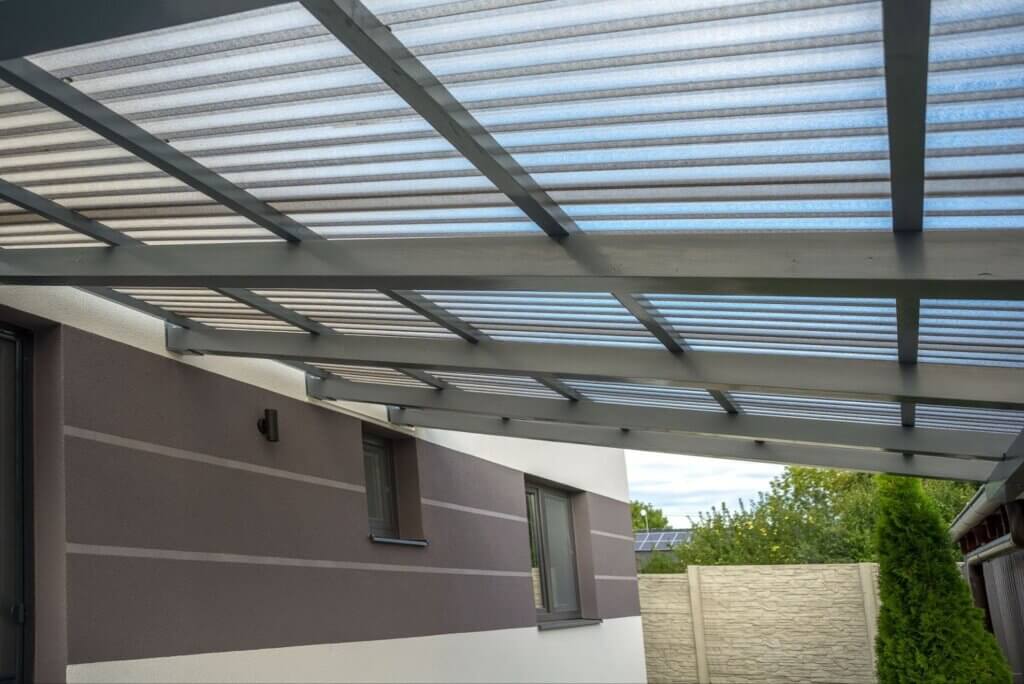There’s nothing more relaxing than sitting in the shade on a beautiful, sunny day. One way to enjoy the outdoors without exposing yourself to the sun’s harmful rays and extreme heat is with a polycarbonate pergola roof. One of its many benefits is that the material is relatively low maintenance, so you can enjoy it for many years without wasting time on treatments or constant cleaning.
Of course, it’s important to care for your investment, and knowing how to clean your polycarbonate pergola roof will ensure it will be at your disposal for plenty of summers in the future.


